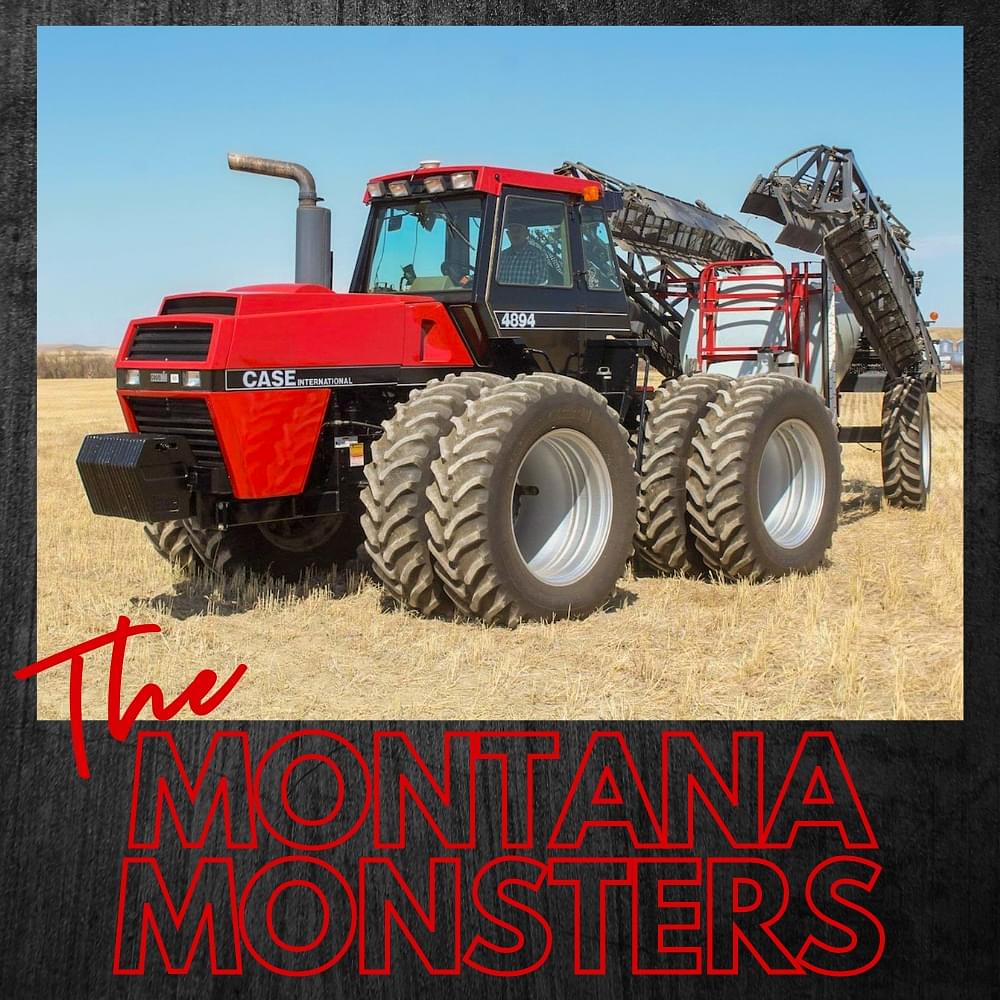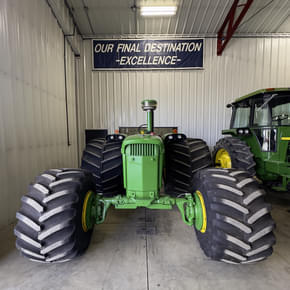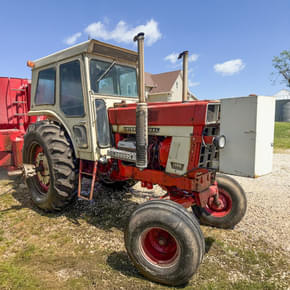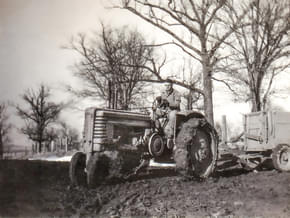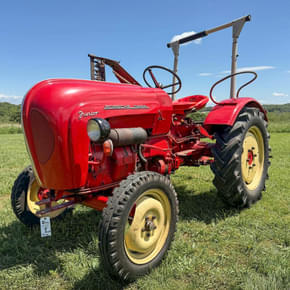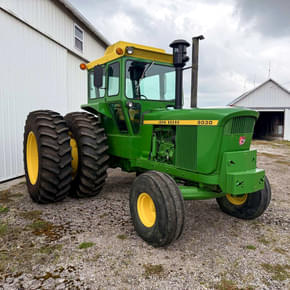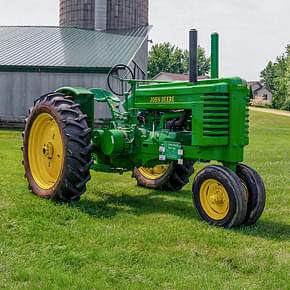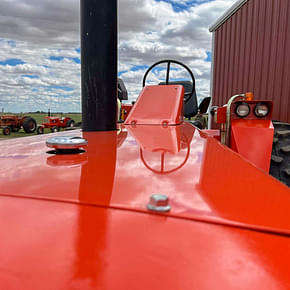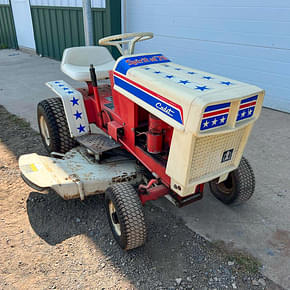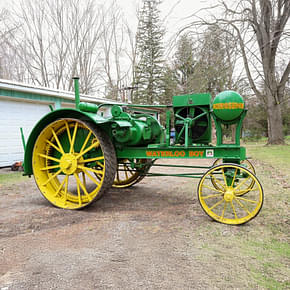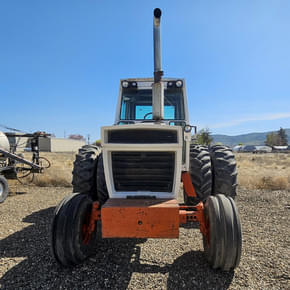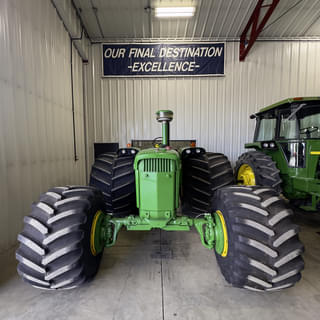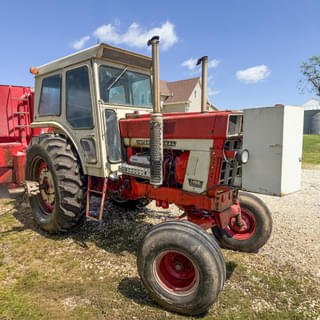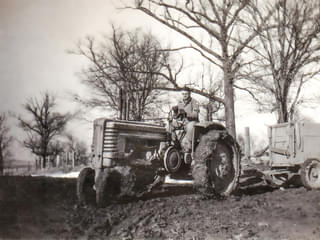See the details on these tractors.
That’s right, kids…not one Case 4894, but a pair of ’em this week!
In the late 70s and into the 80s, big 4WD power was where it was at. The idea itself wasn’t new; the Steiger brothers had been building 4WDs for nearly 20 years at this point. But, with farm expansion in the 70s, farmers needed more power to pull bigger implements, and the industry was really starting to take off.
The typical 4WD of the 70s followed a pretty basic formula. Build a big tractor that bent in the middle (or have Steiger build you one…), let the marketing & advertising people do their thing, and voila! Well, the people at J.I. Case thought that was pretty much the most ridiculous thing ever. How do you keep a tractor that BENDS IN THE MIDDLE going straight?
Seems like a pretty legit question, right?
J.I. Case’s approach
Ever since the factory in Racine turned out their first 4WD (the 1200) back in the early sixties, they felt a straight frame with axles that could pivot did a better job. That was their story, and they were stickin’ to it. Honestly, they’d had pretty good success with their 4-wheel-steer setups, too. They were complex systems, and they took a little more TLC than a center pin. Man alive, though, they sure could turn a tight circle! Less than 19′ even with duals! Good luck doing that with a Steiger! Additionally, the crab steer was a big help on hillsides. It all but eliminated side draft!
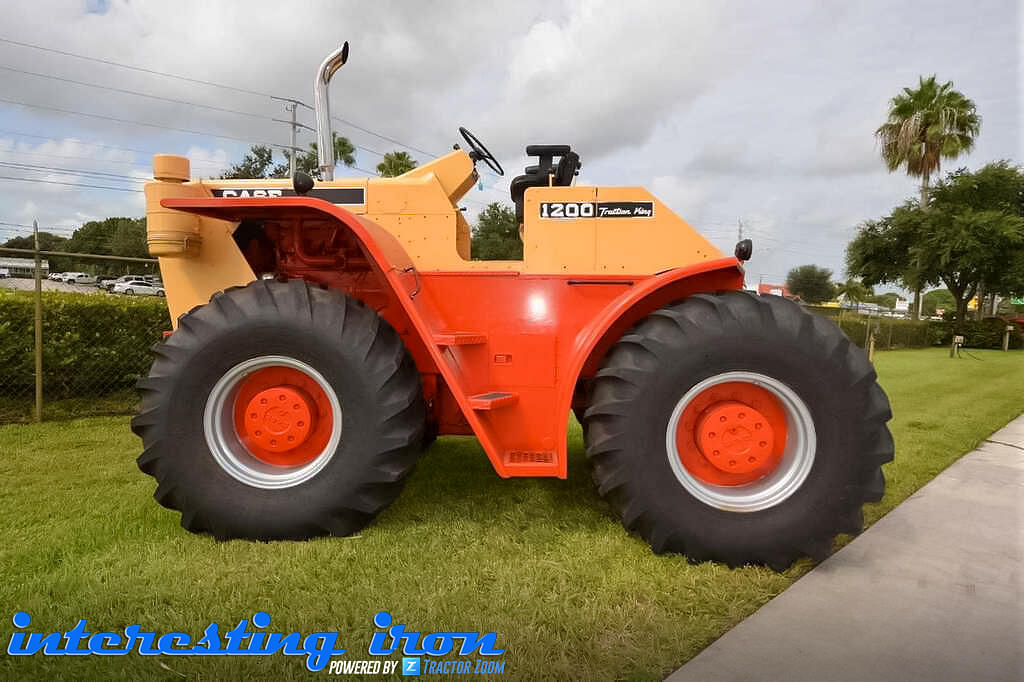
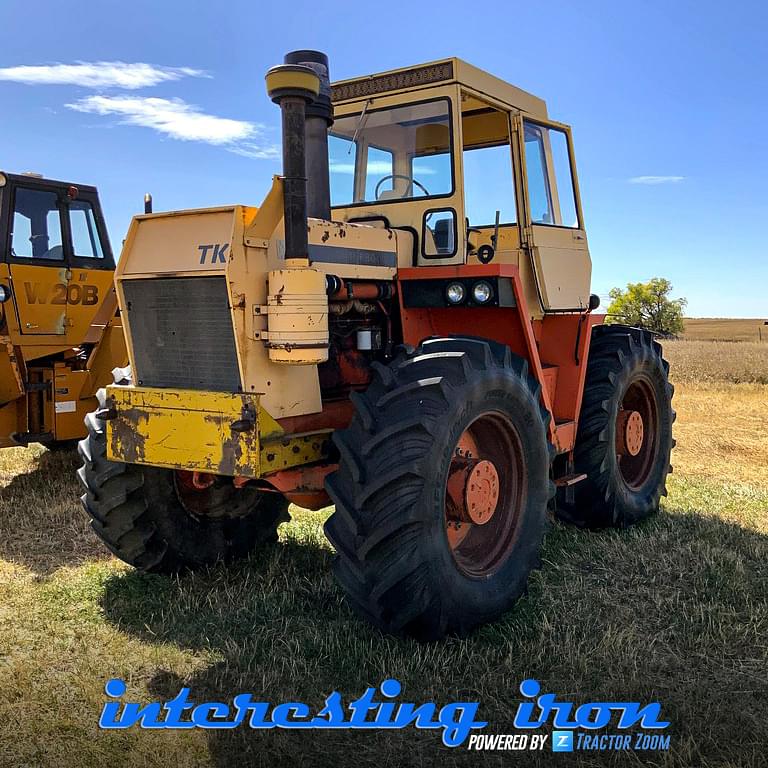
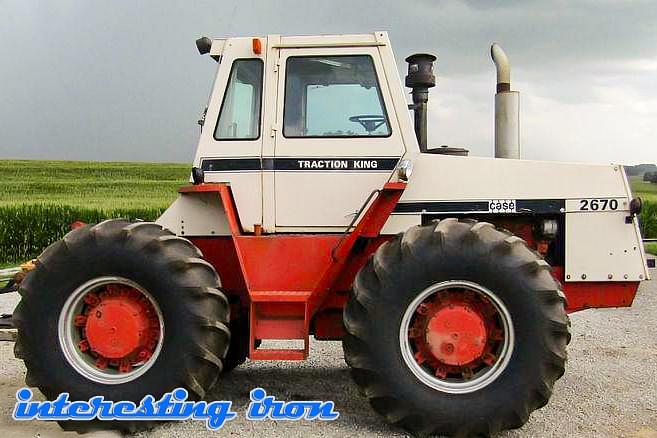
So in August of 1979 when Case launched the 90-series tractors, they touted them as “the most advanced 4WD tractors had ever built”. They were impressive tractors, too. The new “Silent Guardian” cab was a game changer for sure; it was roomy and quiet – even quieter than a SoundGard!
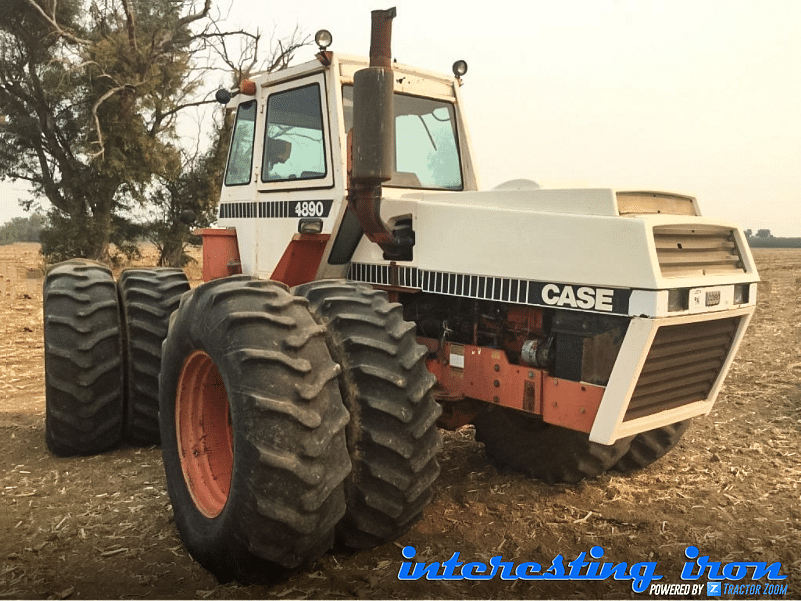
In 1984, they updated the 90-series tractors to the 94-series. Fundamentally, they were the same tractor (save for one all-new tractor at the top of the stack – the 4994), but where the 90 was pretty analog, the new model incorporated more electronics and a digital dashboard. They still retained the same transmission and powerplant…which for the Case 4894, came from Sweden.
Wait…what? Sweden? Why?
Yep. Sweden. Home of meatballs, IKEA, the northern lights, and an unintelligible Muppet.
Scania was (and as a wholly-owned subsidiary of Volkswagen today, it still is) a major player in the diesel industry, and they’re a driving force in the global trucking market. They build semis and city buses, as well as lots of motors for various applications. They’re a big deal!
JIC partnered with Scania for motors for the top tractors in the 70, 90, and 94 series. The 2870, 4890, and 4894 used Scania’s DS11 motor, a 674-inch inline six that made about 300 horse. The 4994, Case’s biggest-ever tractor, used the DS14, an 866-inch V8 that made 400 horse! They were stout powerplants that performed very well in the field.
Partnering with a Swedish company, no matter how beefy the motors, though…it seems…well, a little strange, honestly. I’ve wondered why Case chose Scania for a long time. Never found a really reliable answer to the question, either. I’ve heard theories as to why Scania got the contract, though.
Theories
Steiger & Versatile were pretty heavily involved with Cummins at the time. There could’ve been a clause in their contracts that Cummins wouldn’t sell to anybody else. It wouldn’t be the first time a company had negotiated a contract like that.
Interestingly enough, the last five or ten 4994s built left Racine with an 855 between the frame rails. I believe one of them actually sold at a Canadian farm sale in October of 2019. I also know of one 4894 living in Minnesota that has what appears to be a completely factory-installed L10 Cummins in it. I’m not sure what the serial number is, though, so I don’t know if it’s early or late. I’m guessing it might be a late one.
I do know that Scania made a push into the US market with a small contract with Mack over the road trucks earlier in the 70s. That might’ve caught JIC’s eye, especially if the big motors were a cost-effective option. Case could’ve been taking a gamble on Scania’s success in the States.
It could’ve also been a case where the top brass at JIC & Tenneco were just huge ABBA fans, too…
In the field…
In the field, the 4894s were monsters. They were very popular in the west as well as in the Canadian wheat and canola fields. Hilly country was where these tractors made their mark. They might look a little funny when they crab-steer, but man alive, it sure is effective!
They were powerful and capable, but as with most complex systems, they did need maintenance. The crab-steer system had a lot of moving parts, and if the owner didn’t look ’em over and address issues, consequences could be costly. An ounce of prevention definitely saved a pound of cure in the case of these big crab-steer tractors!
Even though they sold relatively well, the factory only churned out 872 of these big tractors. Part of that was due to the merger between Case and IH, just a year after the 4894 rolled onto the market. Once the merger happened, the 94 series was scrapped because IH was already in a pretty strong partnership with Steiger. The remaining tractors were all painted red and rebadged as Case Internationals. Once they were gone, they were gone.
The ones on next week’s sale…
With tractors like the 4894, proper usage and preventative upkeep is definitely the key. If you’re looking at one on an auction or a classified ad, etc., check for service records. The key is to get the story.
…and that’s exactly what I did.
I called Clint Mullins, the man who owns these tractors. He lives just southwest of Williston, ND, just across the Montana state line. Until fairly recently, Clint and his son Zach farmed a fair amount of grain out there (wheat, I think?). They’ve decided to downsize their operation by a fair bit, and the team over at Musser Bros. is handling the sale.
At any rate, Clint told me that he bought the pair of 4894s in the late 90s to restore and use. He’s been completely through the tractors from stem to stern. Rebuilt both of the big Scania motors, been through the transmissions, differential, planetaries…the whole works. While he had them apart, he also repainted them IH red and re-decal’d them.
Once they’d been redone, they went to work on the farm. One of ’em pulled a 45′ air drill in the spring and served on grain cart duty during harvest. The other spent its life pulling a sprayer.
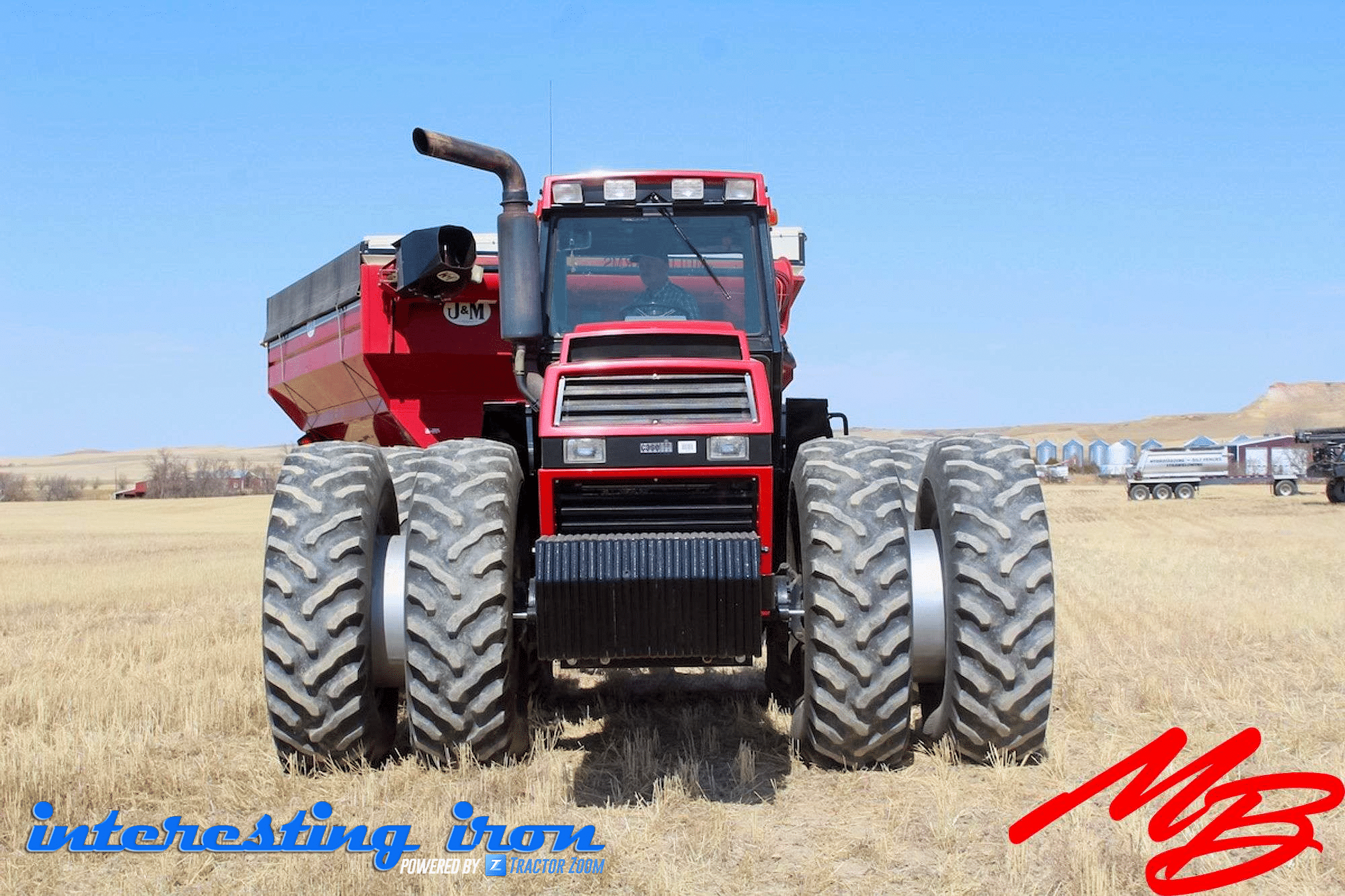
The hours are accurate. The grain cart tractor has 3300 original hours, and it’s got a bit more grunt. Clint turned the motor up to about 360 horse. It’s got dual 20.8x38s on it and a full rack of front weights go with it. The sprayer tractor has 7600 hours on it, and he left it set at 300 horse. It also sports dual 18.4x38s, a nearly full front weight rack, as well as being outfitted with Trimble EZ-Steer!
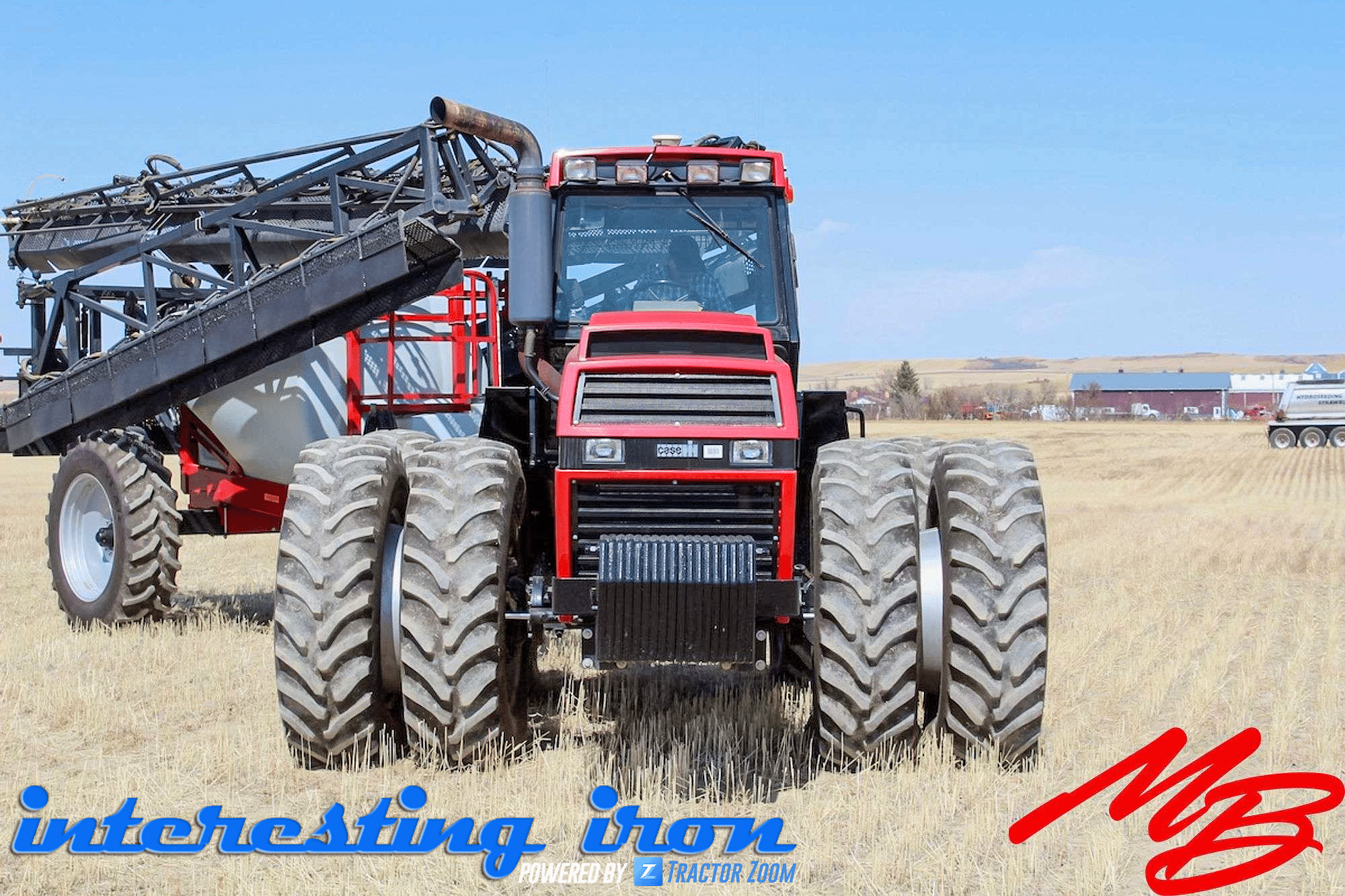
What’ll they bring?
Honestly, I expect they’ll bring quite a bit. I checked our TZ Pro database for prices on the Case 4894, and of the few listed (they don’t change hands very often), they’ve been hovering in the $8-10K range. That said…these are a LOT nicer tractors, and they’re selling in area where these were well-regarded. If they don’t bring between $20-25K each, I’d be very surprised.
Will they set all-time records? No. The all time record is somewhere in the $45K range at least 10 or 12 years ago. But, for the “modern” era that we’re living in now, these will set a very high mark!
Well-maintained equipment sells, folks!
See the details on these tractors.
Update: 4/28/21
Welp…that comment about setting records didn’t age well.
As it turned out, the 1984 model went home with a buyer in Iowa for $37K, which certainly better than I was expecting. The 1985 model, however, sold to a buyer in Minnesota for $49K!

